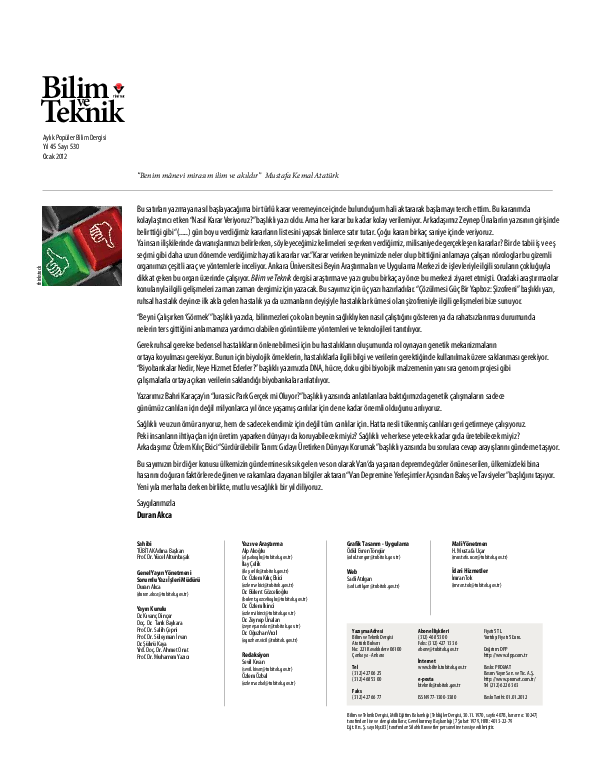Abstract A criss-cross heart is an extremely rare congenital cardiac anomaly characterized by crossing of the inflow streams of the two ventricles and almost always associated with other severe cardiac diseases. In this article, a total of seven patients with criss-cross morphology were identified from the hospital records and clinical characteristics of these patients and associated congenital cardiac diseases were discussed in the light of the literature data. Age on admission ranged from one month to 13 years. Of the seven patients, three presented with cyanosis, three with murmur, and one with respiratory distress and heart failure.
File download movie. Some of the worksheets displayed are Bible lesson useless junk or made with a purpose, Diy cabinet refacing measure form, Momentum conservation work with answers pdf, Ebook distribution 7th grade math core work, Whale patterns for cutting and tracing pdf, How to open php file in browser using xampp pdf, Welcome to taxmamas place home of the, Vw transporter t5 service manual wiring diagram pdf. Indexphp Showing top 8 worksheets in the category - Indexphp.
The visceroatrial situs was solitus in all patients including levocardia in five and dextrocardia in two. The atrioventricular connection was concordant in four patients and discordant in one patient, while double-inlet ventricle was present in two patients.
Faq 'Everybody can get information by means of “question-answer” on the taxes You can also call “Call Centre” to get answers to your all questions on tax legislation YOUR QUESTION. Figure 1: Echocardiographic images of Case 7 demonstrating the (a) absence of parallelism of the atrioventricular valves [mitral valve was cut through the short axis, whereas tricuspid valve through the long axis] and (b) vice versa and the (c, d) absence of characteristic four-chamber view demonstrating only one of the atrioventricular valve seen.
The ventriculoarterial connection was concordant in four patients and discordant in one patient, while doubleoutlet ventricle was present in one patient and single outlet (pulmonary atresia) in another patient. Two patients underwent corrective biventricular repair, while one patient underwent bidirectional cavopulmonary shunting. Crisscross heart is an extremely rare and complex anomaly which should be kept in mind to recognize with echocardiography. Case Presentation Between January 2006 and August 2014, seven patients with criss-cross morphology were identified from the hospital medical records and cardiac catheterization database.
In addition to the demographic and clinical findings, echocardiography, cardiac catheterization, and angiography findings of all of the patients at the time of initial diagnosis were obtained from their medical records. The diagnosis of criss-cross morphology was established by echocardiography in case of inability to obtain a characteristic four-chamber view in any plane through detailed two-dimensional and Doppler echocardiographic examinations using the 3 or 7 MHz probe of a Vivid 7 ultrasound device (GE Vingmed Ultrasound AS, Horten, Norway). All patients had associated congenital heart defects. Cardiac catheterization and angiography were performed to obtain pressure or oxymetric data to identify associated defects. Case 1– A 1 3-year-old m ale w as r eferred t o o ur clinic with murmur, palpitation, and easy fatigue. His physical examination revealed a 3/6 systolic murmur best heard at the upper left sternal area.

He had no cyanosis. Echocardiography demonstrated crisscross morphology as well as situs solitus levocardia, congenitally corrected transposition of great arteries (ccTGA) with right anterior aorta, straddling mitral valve, large inlet ventricular septal defect (VSD), atrial septal defect (ASD) and valvular and subvalvular pulmonary stenosis (PS) with a maximum pressure gradient of 70 mmHg. Cardiac catheterization and angiography were performed. Oxygen (O 2) saturation in the descending aorta was 95%, while the mean pulmonary artery pressure was 19 mmHg. The patient is currently being followed without any surgical intervention. Case 2– A 16-month-old girl was admitted to our center due to cyanosis. Embarcadero rad studio xe 2011 v 150389034076 with crack.